High Speed Train locomotive Hard Tooth Flank Helical Gear
- involute
- 17CrNiMo6
- 20°
- DIN 3962 Class 6
Hard Tooth Flank Helical Gear Description
| Hard Tooth Flank Helical Gear Basic Data | |
|---|---|
| Gear Tooth Shape | involute |
| Gear Material | 17CrNiMo6 |
| Gear Process | forging, lathing, hobbing, carburizing, external grinding, tooth grinding |
| Pressure Angle | 20° |
| Quality level | DIN 3962 Class 6 |
| Gear Type | Mn=4, Z=132, β=18° |
CAPABILITIES OF GEAR/ SPLINE
INTERNAL GEARS AND INTERNAL SPLINES |
|||
|---|---|---|---|
| MILLING | SHAPING | TOOTH GRINDING | |
| Maximum O.D. | 2500 mm | 2500 mm | 2500 mm |
| Minimum I.D. | 650 mm | 50 mm | 100 mm |
| Maximum Face Width | 500 mm | 500 mm | 500 mm |
| Maximum Diametral Pitch | D.P. 1 | D.P. 1 | DP 0.5 |
| Maximum Module | 26 mm | 26 mm | 45 mm |
| AGMA Level/ DIN Level | DIN Class 8 | DIN Class 8 | DIN Class 4 |
| Tooth Surface Finishing | Ra 3.2 | Ra 3.2 | Ra 0.6 |
| Maximum Helix Angle | ±22.5° | ±22.5° | ±45° |
EXTERNAL GEARS AND EXTERNAL SPLINES |
|||
| HOBBING | MILLING | TOOTH GRINDING | |
| Maximum O.D. | 1250 mm | 2500 mm | 2500 mm |
| Minimum O.D. | 20 mm | 200 mm | 20 mm |
| Maximum Face Width | 500 mm | 500 mm | 1480 mm |
| Maximum Diametral Pitch | D.P. 1 | D.P. 1 | DP 0.5 |
| Maximum Module | 26 mm | 26 mm | 45 mm |
| AGMA Level/ DIN Level | DIN Class 8 | DIN Class 8 | DIN Class 4 |
| Tooth Surface Finishing | Ra 3.2 | Ra 3.2 | Ra 0.6 |
| Maximum Helix Angle | ±45° | ±45° | ±45° |
According to the failure form of gear transmission. The basic requirements for the material properties of gears are that the tooth surface is complex. And the tooth center is challenging. According to the above conditions, the materials of gear designing: forged steel, cast steel, cast iron, and metallic materials. Forged steel is the most commonly material in gear design. The cast steel is frequently used for giant gears. The cast iron plant is used in situations where the operation is stable, the speed is low, and the power is insignificant.
The non-metallic gears can reduce noise, which is often working in high speed, light load, and low progress. When designing the structure of the gear. We must comprehensively consider factors such as the gear’s geometric size, blank, material, processing technology, use requirements, and economic factors. Usually, the appropriate structural form is according to the diameter of the gear, and then the structural design is basing on empirical data.
Hard Tooth Flank Helical Gear Show

Packing Shipping Delivery
  |
 |
|
 |
 |
|
How to choose power transmissions parts and industrial products which meet our requirement
| Chains | Sprockets | Pulleys | Timing belt Pulley | V-belt Pulley |
| Sheaves | Coupings | Bush &Hub | Gear& Rack | V-Belt |
| Locking Assembly | Pulley | Gearbox | Reducer | Shaft Collar |
| Rod End Bearing | Clevis | PTO | Chain Guide | Belt Guide |
| Rubber Buffer | Chain Tensioner | PTO Drive Shafts | Universal Joints | Roller Chains |
| Conveyor Chains | V-Belts | Worm Gearbox | Helical Gear | Worm |
| Agricultural Chain | CNC Proces Parts | Casting | Stamping | |
| Powder Metallurgy | CNC Proces Parts | Casting | Stamping |
What Products Do you sell ?
We are a group of factories, give customer one stop solution of power transmission and industrial products. We are in the position to supply wide range of products, including chains, sprockets, v-belt and v-belt pulleys, timing belt and timing belt pulleys, gears, speed reducers, motors, racks, couplings, and many other parts, like locking assembly, taper bushing, Chain guide, shaft collar, torque limiter, cam clutch, universal joint, motor base and motor slide, rod end, clevis, rubber mount, etc. We make special parts according to drawings and/or samples.
How to choose a gearbox which meets our requirement?
You can refer to our catalogue to choose the gearbox or we can help to choose when you provide
the technical information of required output torque, output speed and motor parameter etc.
What information shall we give before placing a purchase order?
a) Type of the gearbox, ratio, input and output type, input flange, mounting position, and motor informationetc.
b) Housing color.
c) Purchase quantity.
d) Other special requirements.
What industries are your gearboxes being used?
Our gearboxes are widely used in the areas of textile, food processing, beverage, chemical industry,
escalator,automatic storage equipment, metallurgy, tabacco, environmental protection, logistics and etc.
What is the producing process?
Production process including raw material cutting, machine processing, grinding, accessories cleaning, assemble, cleaning, stoving, oil coating, cover pressing, testing, package.
How to control the products quality?
Combining advanced equipment and strict management, we provide high standard and quality bearings for our customers all over the world.
What is the transportation?
-If small quantity , we Suggest to send by express, such as DHL,UPS, TNT FEDEX. If large amount, by air or sea shipping.
Can we design packaging?
-Yes. Default is regular packing, and we can make customer's own packing.
Can you provide OEM service?
-Yes, we work on OEM orders. Which means size, quantity, design, packing solution, etc will depend on your requests; and your logo will be customized on our products.
Can you give me discount on Power Transmissions Parts and Industrial parts?
-Yes, of course. Pls. send me your Email, you'll get more
Q: Are You a trading company or a manufacturer?
A: We Are the factory and have our Own trading company
Q: How Can I get an offer?
A: please send US quotation information: drawings, materials, weight, quantity and requirements, we can accept PDF, ISGS, DWG, STEP file format. If you don't have the drawings, please send us the samples, we can also quote you according to your samples.
Q: What is your minimum order size?
A: it is usually 100 pieces, but a low quantity is acceptable under some special circumstances.
Q: Do you provide samples? Is it free or extra?
A: Yes, we can provide samples free of charge, but we don't pay the freight.
Q: What is the lead time for mass production?
A: honestly, it depends on the number of orders. Normally, if you don't need the tools, deposit them after 30 days or so.
Q: What if the parts don't Work?
A: we can guarantee the quality, but if it happens, please contact us immediately, take some photos, we will check the problem and solve it as soon as possible.
Q: What are your terms of payment?
A: payment is less than US $1000,100% in advance. Payment: $1000,50% wire transfer in advance, balance before shipment,Other Terms of payment are negotiable

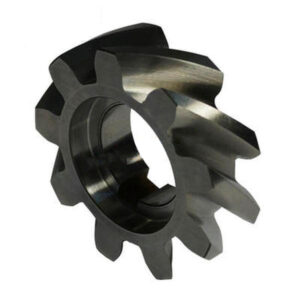
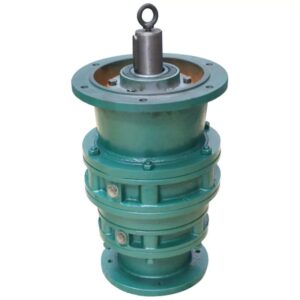
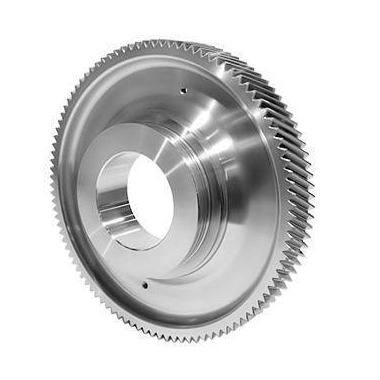
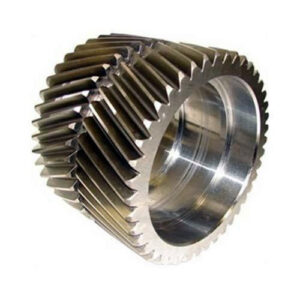
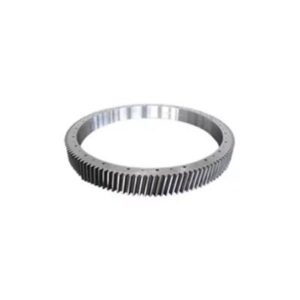
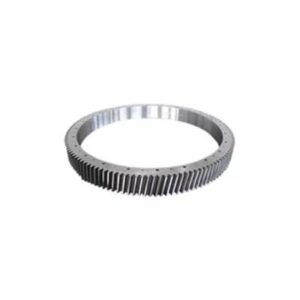
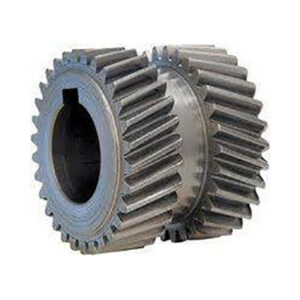
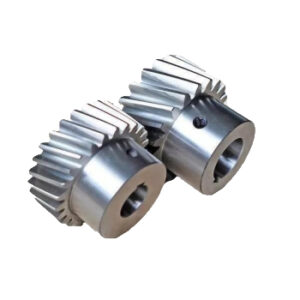
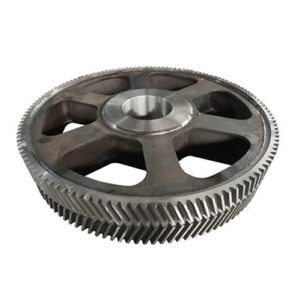
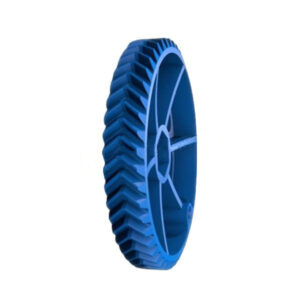
Reviews
There are no reviews yet.